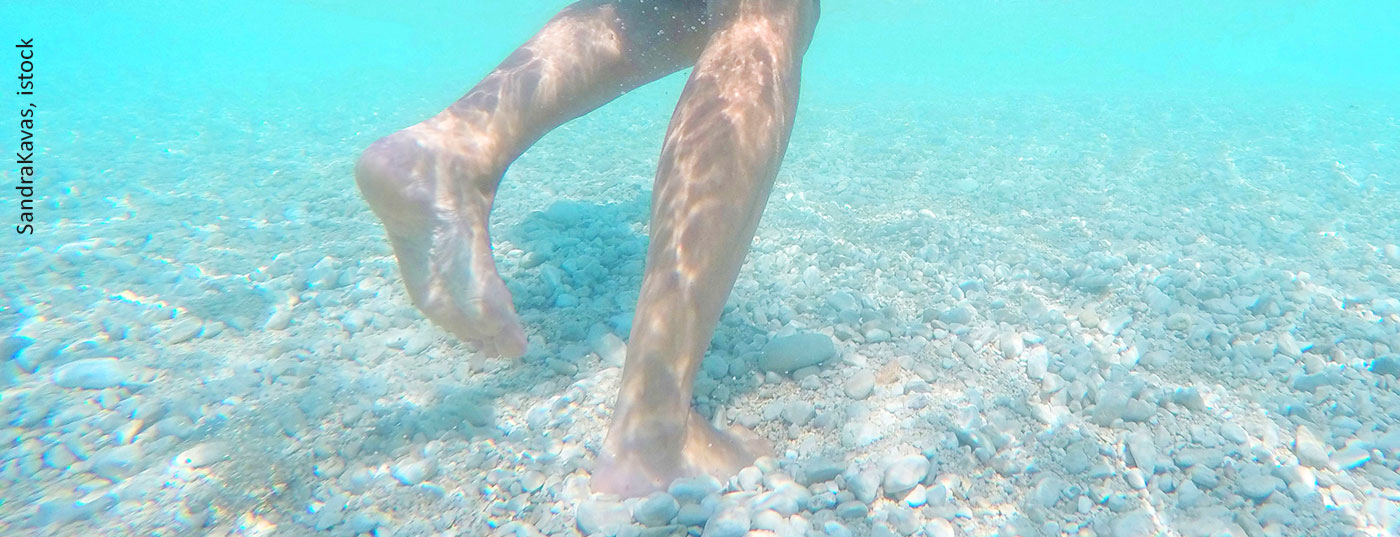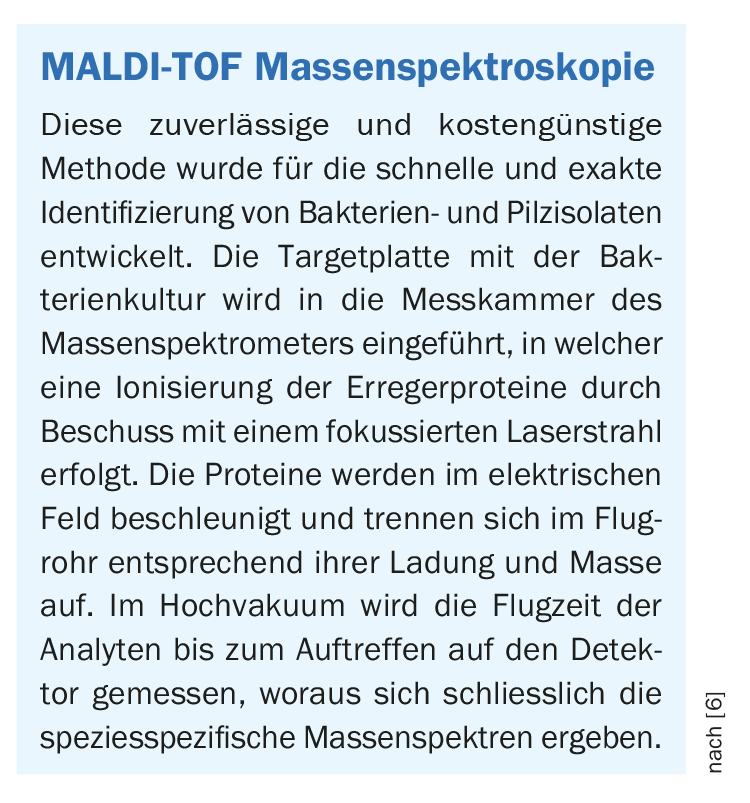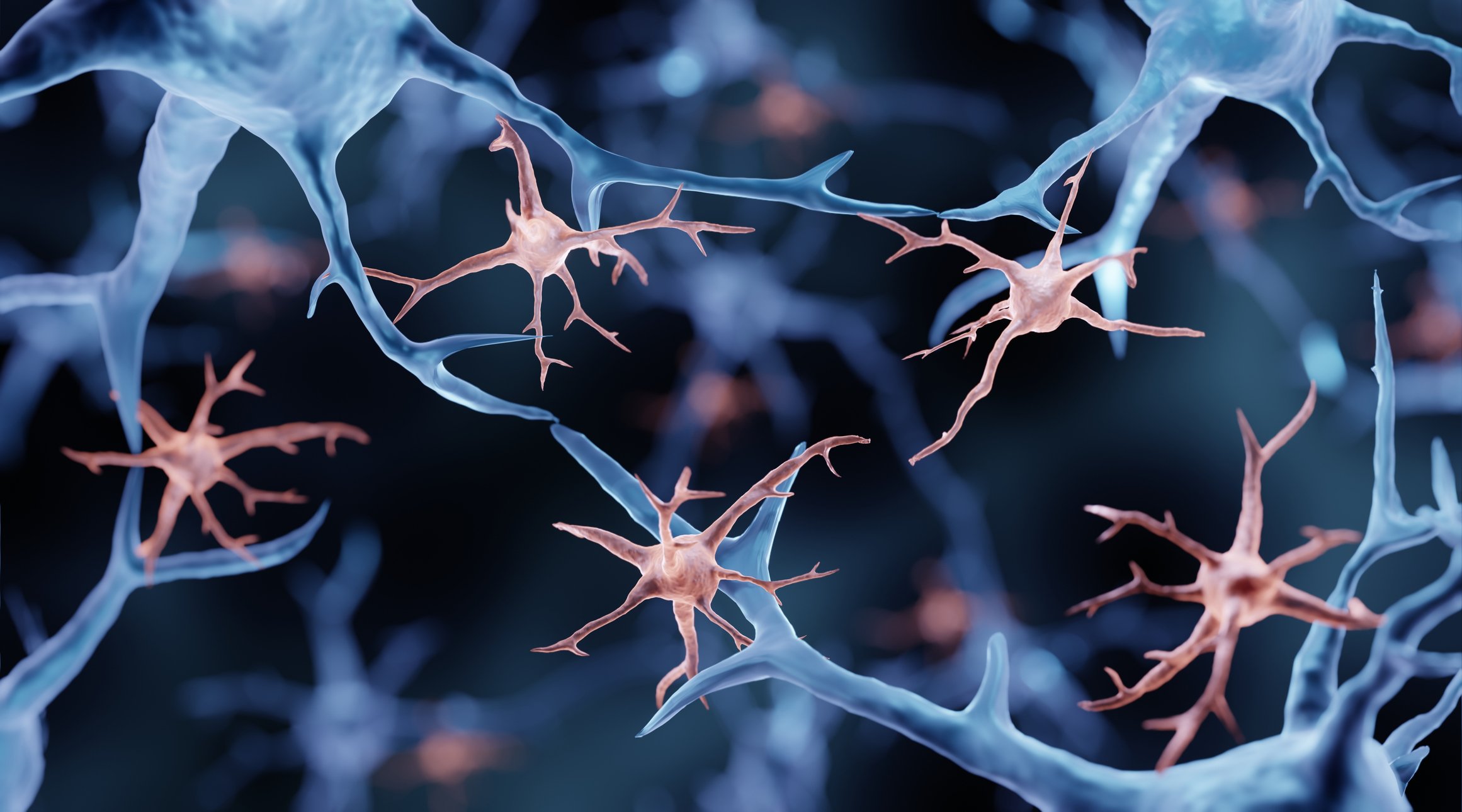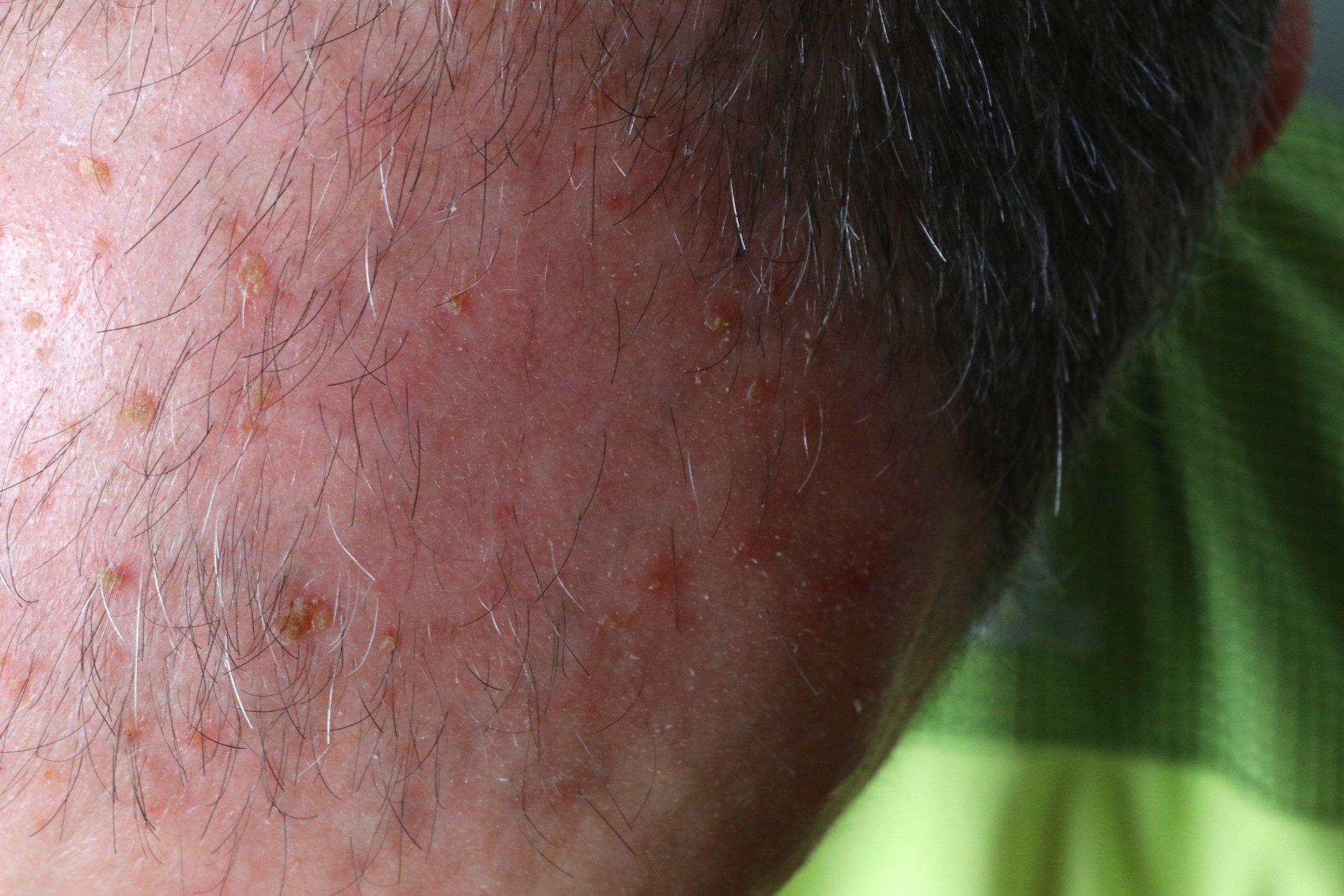Changing environmental conditions such as global warming are playing a role in the genesis of new, previously largely unknown infections. Thanks to state-of-the-art routine and specialized microbiological diagnostics such as MALDI-TOF mass spectroscopy, even rare and unusual pathogen species can be identified as a basis for successful targeted treatment.
Prof. Dr. med. Ojan Assadian, Medical Director at the Landesklinikum Wiener Neustadt (A) presented a casuistry of not everyday wound infections at the annual meeting of the Austrian Wound Association (AWA) [1]. The methods of microbiological diagnostics have been considerably improved in recent years by the development of molecular genetic differentiation methods. PCR-based direct detection is, however, not target-oriented for all diagnostic questions, so that further technologies are required.
Matrix Assisted Laser Desorption/Ionization Time-of-Flight (MALDI-TOF).
Among the most modern achievements is the identification of pathogens by matrix-assisted laser desorption/ionization time-of-flight mass spectroscopy. “Starting around 2010, the MALDI-TOF method entered routine microbiology and is now used by almost all laboratories,” the speaker said. This correlates with a surge in reports of infections with unusual pathogen species. Using several case studies, Prof. Assadian demonstrated the clinical utility of the MALDI-TOF method, which is characterized by high precision, short analysis times and cost-effective feasibility.
Yersinia ruckeria – bacterial dangers lurk in the river…
During a canoe trip, a 16-year-old young man sustained a deep laceration abrasion on his lower left leg after colliding with a rock and noticed significant cellulitis around the wound area the next day. At the hospital, a gauze soaked with PVP-iodine was applied to the wound, and the patient also received i.v. amoxicillin/clavulanic acid [4]. Preliminary examination of the bacterial culture by MALDI-TOF mass spectroscopy resulted in the detection of Yersinia ruckeria (log score: 1.969) and Yersinia pestis (log score: 1.887). Y. pestis is a pathogen of plague, a notifiable disease. As a result, the patient was immediately isolated and locked away. Subsequently, the sample was sent to a reference laboratory, where sequencing was performed, confirming with 100% certainty that the pathogen was Y. ruckeri is involved. “A conventional method would probably have yielded some enterobacterium,” the speaker indicated. The patient was able to be discharged from the hospital on the third day after starting therapy, and a complete recovery occurred on day 20. “Y. ruckeri was first described as the causative agent of enteric redmouth disease in trout, so it is a zoonosis, but apparently can also lead to wound infection in humans,” explained Prof. Assadian [1].
… and also in the sea: Vibrio alginolyticus
Another case of wound infection associated with water sports is that of a 51-year-old man who was bitten on the hand by an octopus freshly caught in the Mediterranean Sea. Despite topical treatment with an ointment containing bacitracin and neomycin, the bite site did not heal and massive redness and swelling developed. Microbiological diagnostics resulted in the detection of Vibrio alginolyticus. “It is a pathogen that is found in the ocean and can cause wound infection,” the speaker said. The patient was treated with ciprofloxacin and the wound healed without complications after two weeks [5].
Non-healing wound – Detective work pays off
Also, in the case of a 70-year-old man, V. alginolyticus infection was found to be present after prolonged detective diagnosis. After a bicycle injury, a chronic wound developed on the lower right leg. This was otherwise a healthy, athletic patient (nonsmoker, no diabetes, no hypertension). Contamination with seawater occurred during a stay at the Mediterranean Sea. Initial treatment by the primary care physician consisted of wound cleansing, wound dressings, and PVP iodine, but did not result in improvement even after two months. Therefore, microbiological diagnostics were performed. In parallel, other possible causes of the non-healing chronic wound were clarified, and this did not reveal any abnormal findings (Doppler index = 1, no osteomyelitis). Microbiological analysis resulted in the detection of V. alginolyticus. Treatment consisted of wound debridement and levofloxacin treatment: initially 2× 500 mg for 7 days and then 1× 750 mg for 13 days. After 1 month, complete healing occurred.
Since approximately 2010, case reports of V. alginolyticus infections have been increasing worldwide. This correlates with global warming, the speaker said, adding, “With the warming of the oceans, we’ve gotten into a range where these vibrion species are more common.”
Congress: Austrian Wound Association
Literature:
- Assadian O: New times: Curious wound infections. Prof. Dr. med. Ojan Assadian, Austrian Wound Association, 25.03.2022
- Schubert S, Weig M: MALDI-TOF-MS-based methods for the differentiation of bacteria and fungi. In: Neumeister B, al: Bacteriology. Microbiological diagnostics, 2009. Part II Microbiological examination methods: 8 Manual and automated procedures.
- Claydon MA, et al: Nature Biotechnol 1996; 14: 1584-1586.
- De Keukeleire S, et al: New Microbes New Infect 2014; 2(4): 134-135.
- Campanelli A, Sanchez-Politta S, Saurat JH: Ann Dermatol Venereol 2008; 135(3): 225-227.
- Wieser A, et al: Appl Microbiol Biotechnol 2012: 93(3): 965-974.
DERMATOLOGY PRACTICE 2022; 32(3): 43













